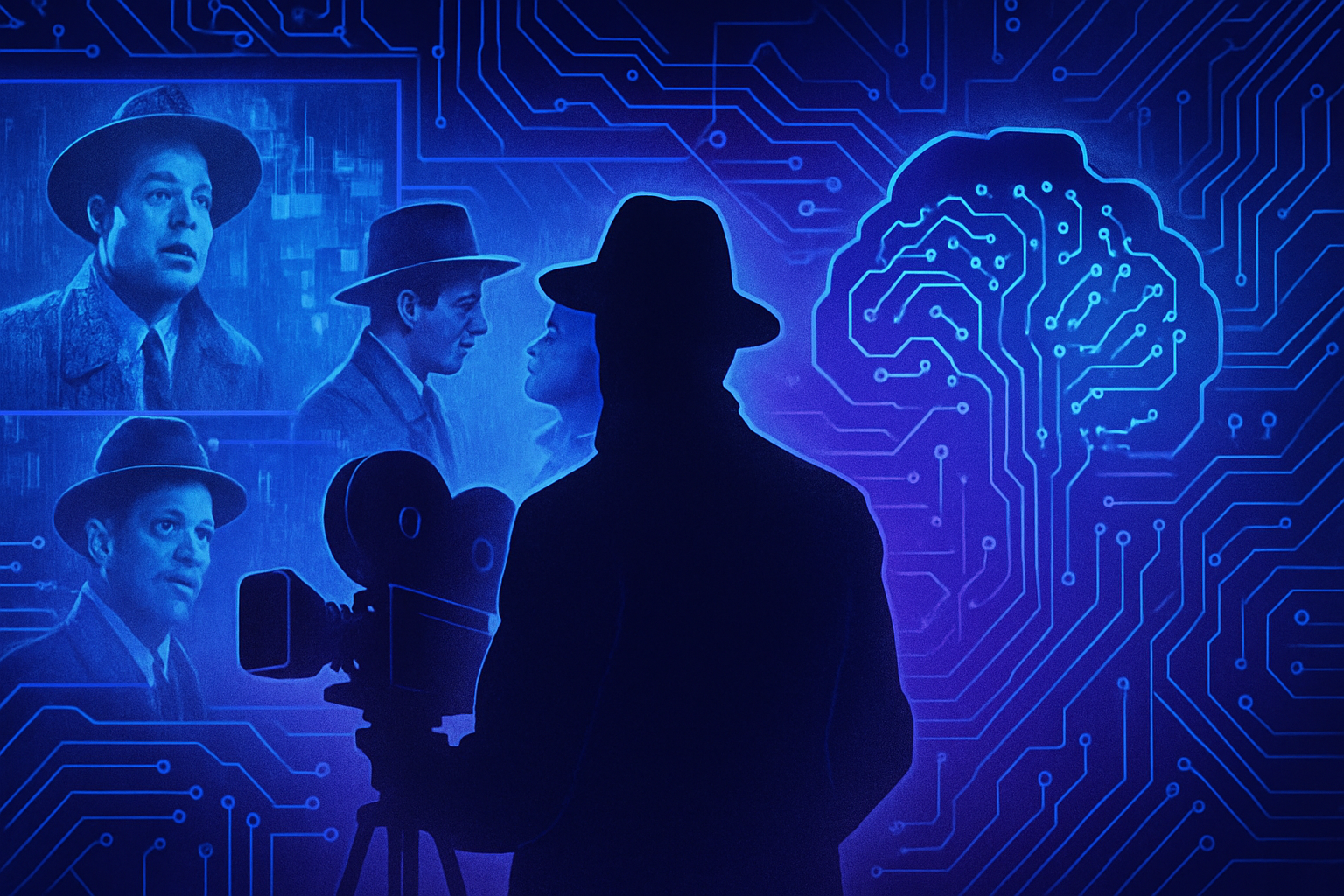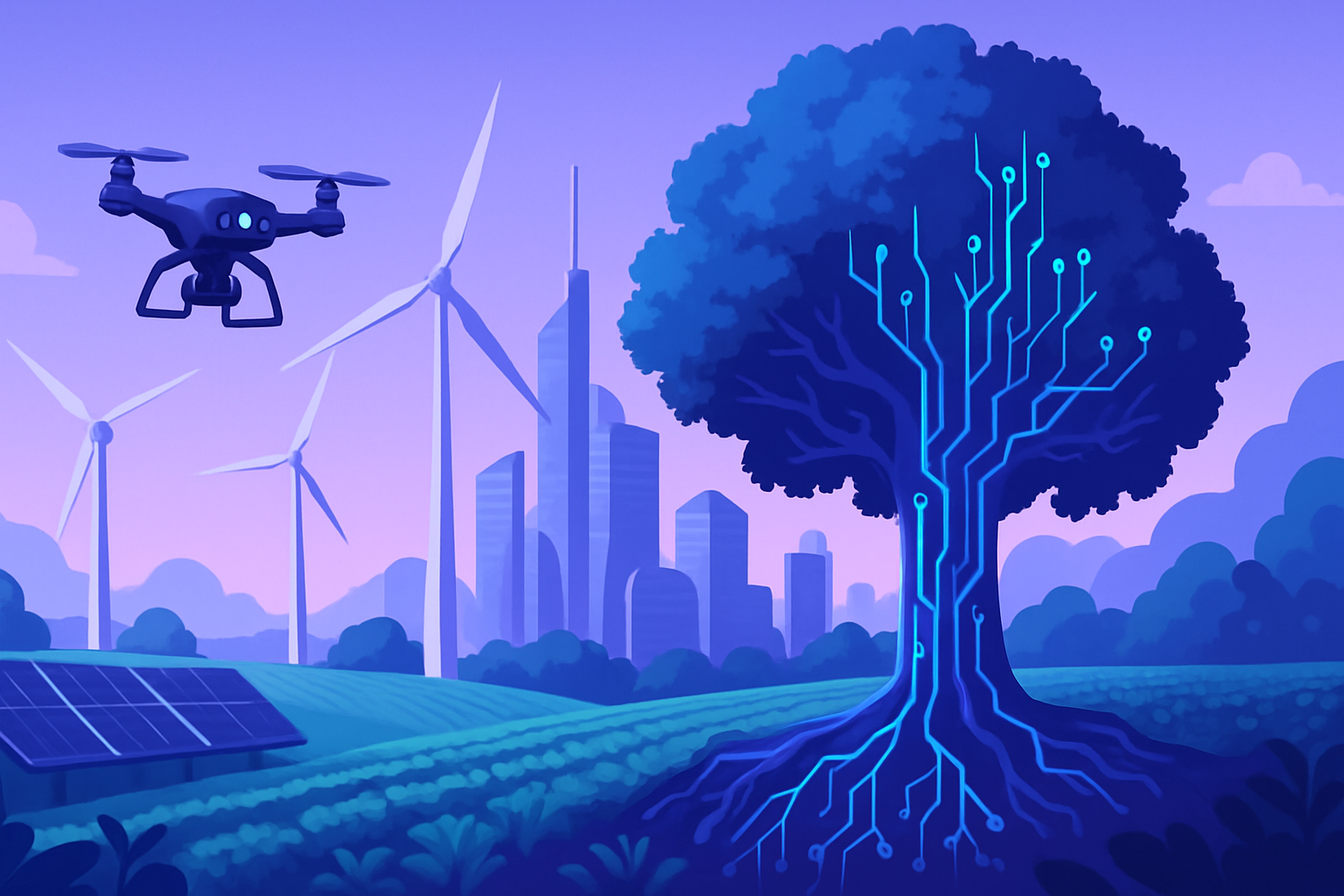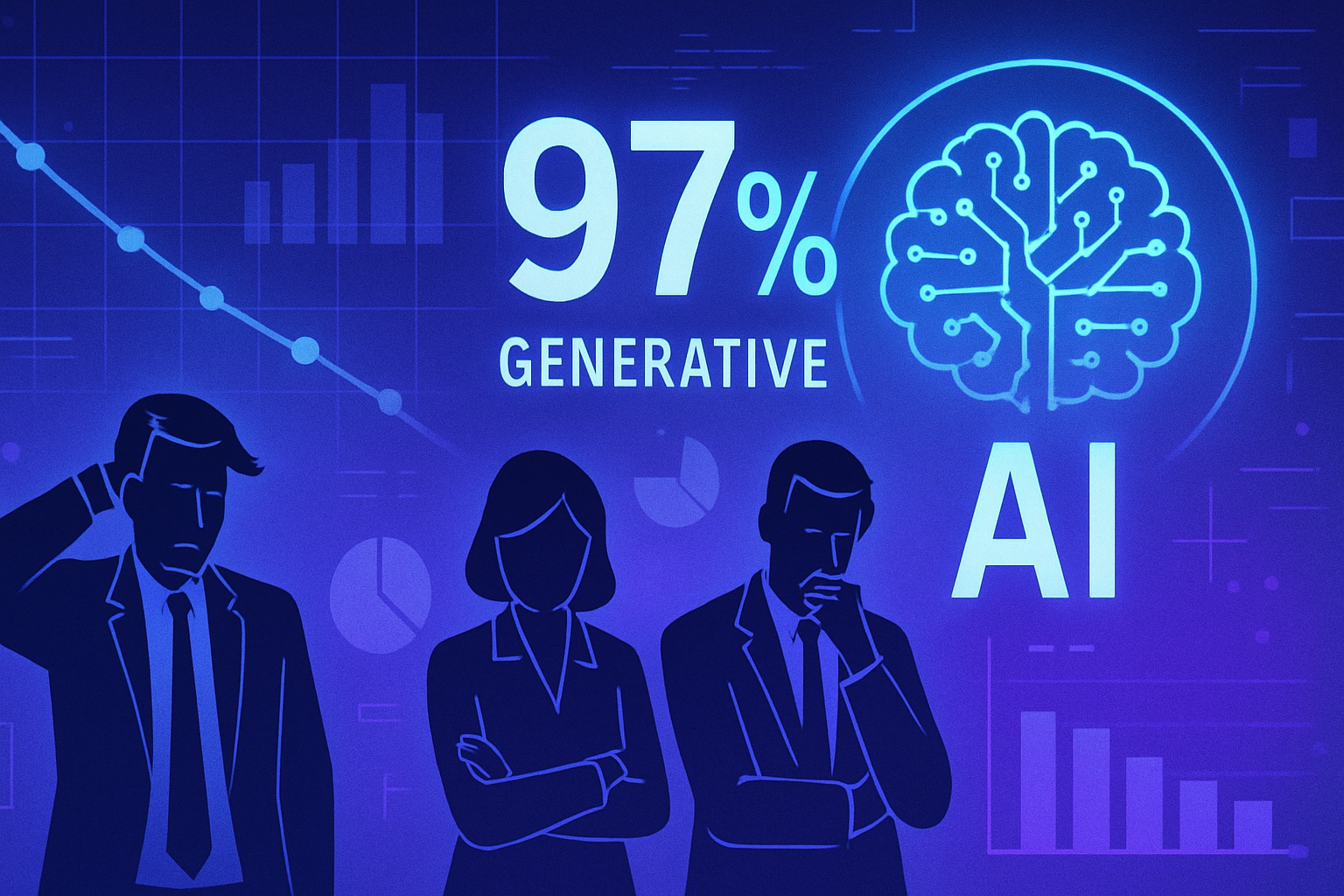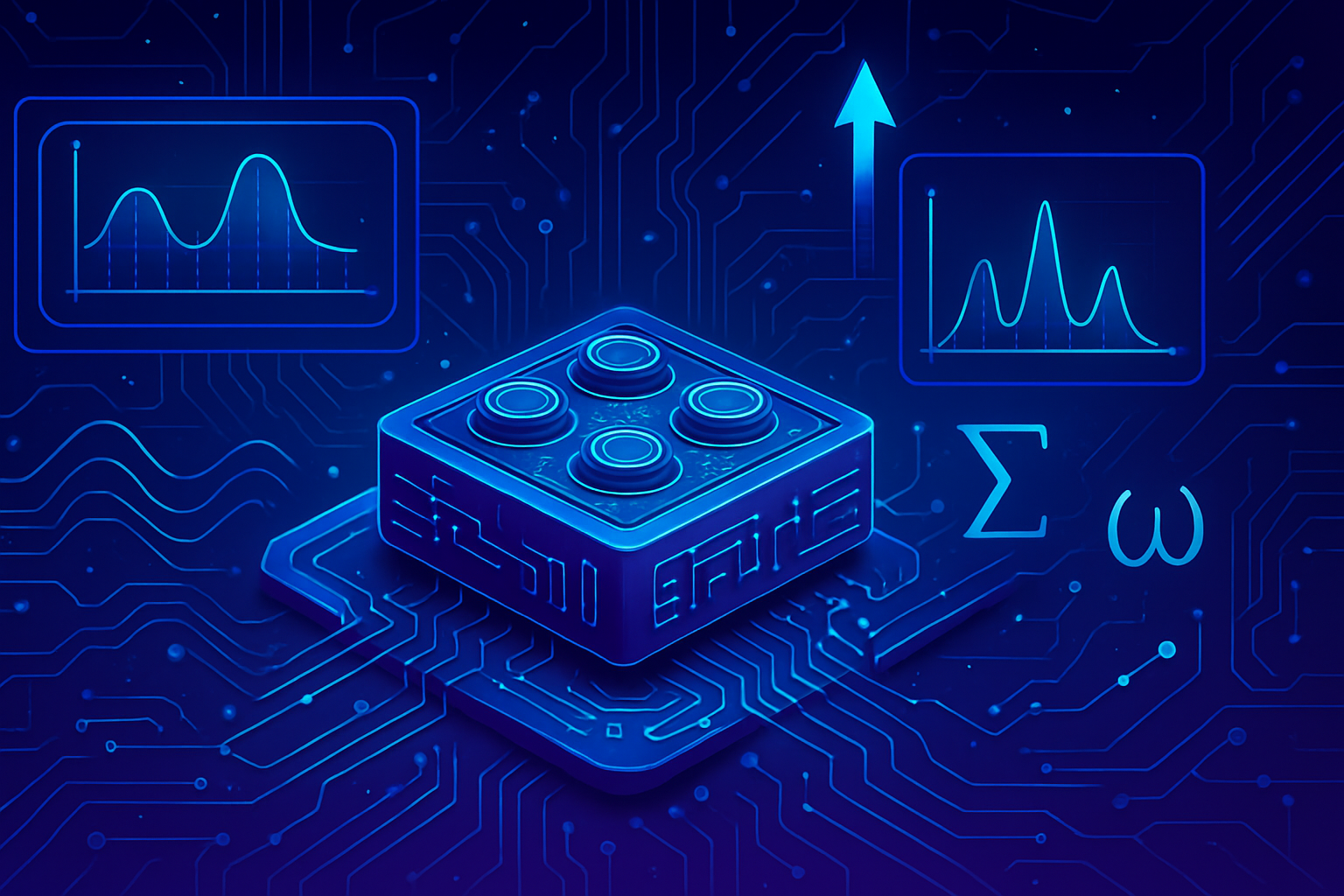The revolt is illustrated on social media. This fateful day featured protests where generative artificial intelligence played a central role in organizing actions. Digital tools illustrate an unprecedented uprising. Across various platforms, AI has catalyzed content that arms the demands. An unexpected convergence of human passions and algorithms. This dynamic illustrates how technology can mobilize minds and trigger civic movements.
The role of generative AI in social mobilization
On September 10, France was the scene of a social movement fueled by generative artificial intelligence tools. Platforms like ChatGPT and Midjourney were widely used to create engaging content, notably calls to block the country. This approach allowed for the mobilization of an online community around sovreignist and anti-European demands.
The tools and techniques behind the movement
Participants resorted to innovative applications to generate images, videos, and texts that circulated on social media. The results proved striking, captivating the attention of thousands of internet users. Services like Gemini and Suno enabled the creation of provocative visuals, embodying the spirit of rebellion, such as the AI-generated image of “François Bayrou’s farewell pot” which gathered over 101,000 sign-ups for a Facebook event.
Digital communications and their effects
On platforms like Telegram, channels such as “Les Essentiels” spread messages calling for the blockade, while incorporating elements of playfulness and humor. Thus, a post presented a Marianne, seemingly created by AI, crying, symbolizing the despair of many citizens. The staging of such content reveals the effectiveness of AI in evoking strong emotions among users.
The demands and their amplification through AI
The demands formulated by these movements seem to garner amplification thanks to AI capabilities. Indeed, supporters used ChatGPT to write explanatory leaflets and engaging posts, allowing them to broaden the reach of their messages. These tools facilitate the rapid and massive dissemination of ideas, leading to an overconsumption of information and increased participation.
The media landscape facing AI
The reaction of traditional and digital media to this phenomenon is diverse. Some journalists question the future of information and the ethics of using AI tools. The impoverishment of public discourse is gradually emerging, confronted with misinformation. Online activities, while aimed at mobilization, also carry risks for social cohesion.
Other examples of AI in action
This phenomenon is not isolated. Other initiatives, such as the digital resurrection of iconic figures like Coluche, illustrate the lasting impact of AI on popular culture. This process raises deep questions about how AI shapes social reality. Consider, for example, the testimony of those who marry their AI chatbots, reaffirming this interpenetration of technology in personal and social life.
To delve deeper into this topic, you can consult related articles on these themes: A Troubling Vision of the Future, Coluche Resurrected by AI, or Testimonials on AI Chatbots.
Frequently asked questions
What is the origin of the September 10 movement using generative AI?
The September 10 movement finds its origin in sovereignist and anti-European demands, amplified by content generated by AI tools such as ChatGPT.
How was generative AI used to propagate this movement?
AI tools like ChatGPT, Midjourney, and other applications generated images, videos, and texts that facilitated the dissemination of ideas and mobilized supporters on social media.
What role did social media platforms play in organizing this movement?
Platforms like Telegram, TikTok, and Facebook allowed for rapid circulation of AI-generated content, thus amplifying the call to blockade France on September 10.
What types of content was created by AI to support this movement?
Content includes visuals, humorous videos, leaflets, and posts evoking emotions, such as a weeping Marianne, creating an emotional connection with the public.
How do supporters of this movement perceive the use of AI?
Supporters believe that AI offers a powerful means of expression and mobilization, allowing them to bypass traditional information channels.
What sociopolitical implications arise from the use of AI in social protest?
The use of AI raises questions about the veracity of information, the influence of algorithms on public opinion, and how movements can be manipulated or amplified.
How can misinformation related to these AI-generated movements be avoided?
It is crucial to analyze the source of content, verify facts, and consult information from reliable media to avoid falling into misinformation.
What measures could authorities take in response to the rise of AI-fueled movements?
Authorities can reinforce the regulation of online content, promote digital education, and hold platforms accountable for their role in disseminating information.






